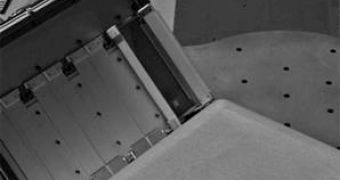Mission controllers kept NASA's Phoenix Mars Lander in full operational mode during the Martian night on Monday in order to coordinate it with the Mars Reconnaissance Orbiter to make detailed observations in the atmosphere of the Red Planet. The lander monitored changes in the lower atmosphere with the help of its weather station, stereo camera and the thermal and conductivity probe while the MRO observed the atmosphere from orbit.
On Sunday, Phoenix used the thermal and conductivity probe to carry out conductivity tests on the Martial soil. By using it to monitor changes in the Red Planet's atmosphere, the mission controllers can evaluate whether or not water ice from the ground sublimates into the atmosphere of the planet during the Martian day, which should give an accurate measurement to how the amount of light reaching the ground changes during the day.
"We are looking for patterns of movement and phase change. The probe is working great. We see some changes in soil electrical properties, which may be related to water, but we're still chewing on the data," said Michael Hecht, lead scientist for Phoenix's Microscopy, Electrochemistry and Conductivity Analyzer, operating the thermal and conductivity probe.
The coordination process began on Sunday afternoon Pacific Time, equivalent to the morning of Phoenix's 55th Martian day, and ended in the afternoon of its 56th Martian day, or 'sol', as Martian days are called by astronomers. During the 56th sol, the spacecraft resumed its activity, testing different techniques to collect soil and water ice.
As soon as an efficient method is found, the lander will use its robotic arm to deliver a sample containing ice to the Thermal and Evolved-Gas Analyzer, which will heat up the material to reveal its gaseous content. The featured image, taken by Phoenix's stereo camera, shows that the doors to the oven that will be used next have opened and the TEGA instrument is ready to receive the sample.

 14 DAY TRIAL //
14 DAY TRIAL //